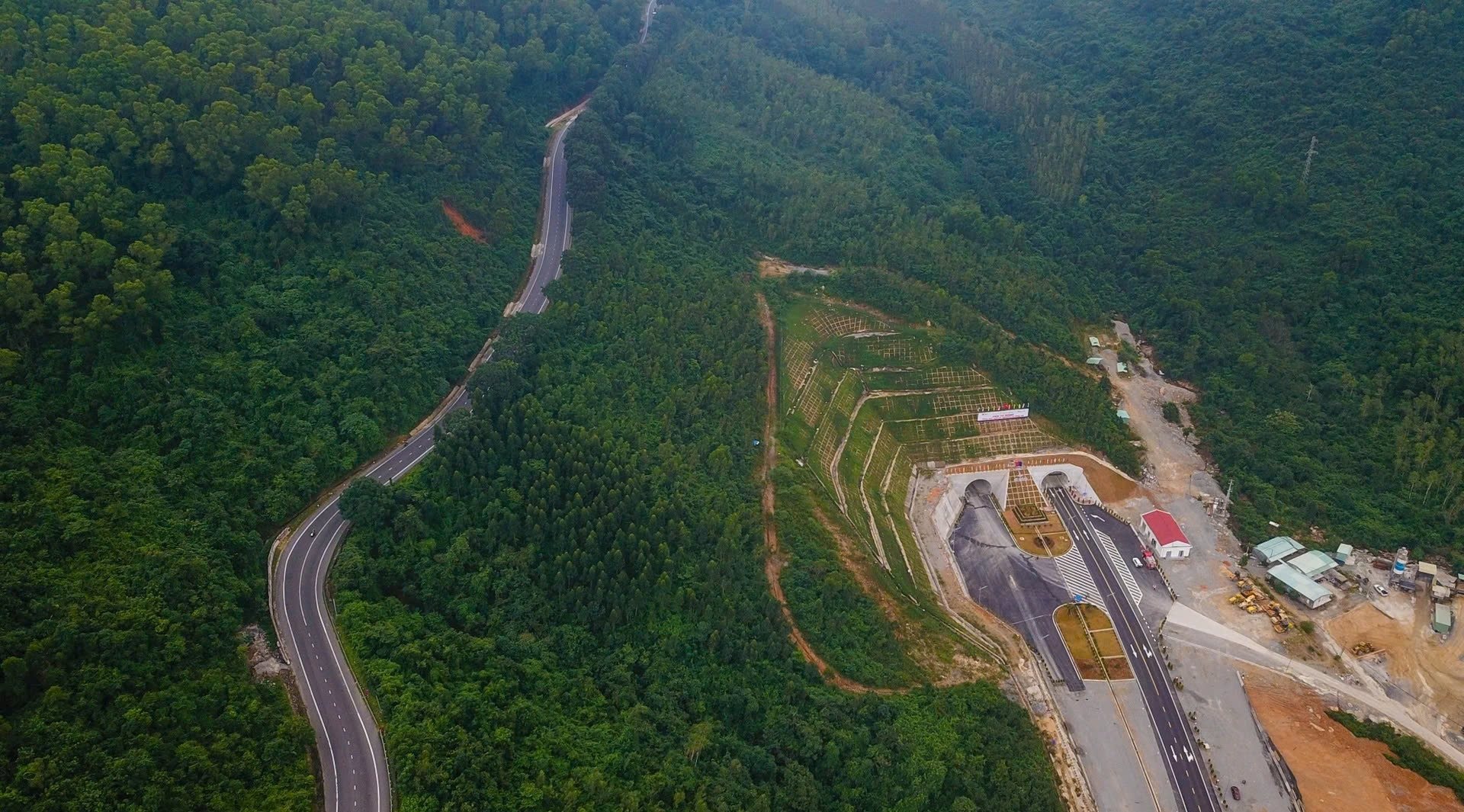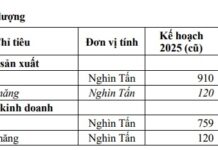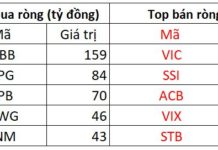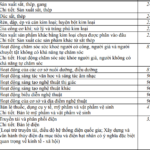
In the past, the treacherous passes of Deo Ca and Cu Mong were notorious for frequent and devastating traffic accidents. The traffic police forces of Binh Dinh, Phu Yen, and Khanh Hoa provinces had to mark dozens of “accident black spots” on each pass. There were even periods when people stopped calling them black spots because anywhere on the pass was a potential accident waiting to happen.
The Cu Mong Pass Road Project, with a total length of over 6.6 km, including a nearly 3 km long tunnel designed for a speed of 80 km/h, and a total investment of VND 3,921 billion, was officially inaugurated and put into operation in late January 2019 after more than 3 years of construction.
It is known that the Deo Ca Tunnel Project is the most complex infrastructure project to date in South Central Vietnam, constructed by domestic enterprises and contractors utilizing modern technology and techniques from around the world.
The construction area of the Cu Mong Pass was very complex, and to avoid major geological fault lines, experts and engineers had to build it in a curved arc to minimize land and rock sliding. Rescue and fire fighting forces took turns on duty 24/7 to ensure safety.
The most challenging phase was connecting the two ends of the tunnel, which took 18 months. The investor utilized approximately 30% of the excavated soil and rock to create the tunnel lining and road foundation. Thanks to the experience gained from the Deo Ca Tunnel construction, the construction speed doubled, achieving 12 m of tunnel lining per day. The engineers and workers also contributed new technical ideas and solutions, enhancing productivity and efficiency.
Additionally, to ensure effective supervision and quality management, the investor signed a contract with the Apave (France) – A2Z (Vietnam) consulting consortium and engaged experienced domestic and international experts. They also contracted with the University of Construction to conduct quality inspections throughout the construction process.
During the 2019 Lunar New Year (Kỷ Hợi), the first year of the Cu Mong Tunnel’s operation, hundreds of engineers and workers toiled day and night to complete the project.

Inside the Cu Mong Pass Road Tunnel
After the inauguration, the Cu Mong Road Tunnel became the third longest tunnel in Vietnam, following the Hai Van Tunnel (over 6.28 km long), inaugurated in June 2005, and the Deo Ca Tunnel (over 4 km long), opened in July 2017. The tunnel’s operation allows vehicles to bypass the dangerous pass and reduces travel time from 30 minutes to just 6 minutes.
The Cu Mong Tunnel Project also includes two approach roads, one in the north of Binh Dinh and the other in the south of Phu Yen, with a total length of over 4 km. According to the investor, the tunnel not only shortens the distance (compared to the previous 9 km long detour) but also contributes to reducing traffic accidents on the “black spot” of National Highway 1 between Binh Dinh and Phu Yen provinces.
Compared to Deo Ca, the geological conditions at the Cu Mong Tunnel construction site were more complex due to the strong weathering of the rock layer. Despite the challenges posed by the difficult terrain, the project was completed ahead of the initial schedule. Notably, the entire construction process of the Cu Mong Tunnel was carried out by Vietnamese engineers and workers.
The success of the Deo Ca Tunnel Project bolstered the government’s confidence in the Cu Mong Tunnel Project. The most significant achievement of complex and challenging infrastructure projects like these is the development of a capable team of engineers who can now undertake projects that were previously handled only by international contractors.
Notably, the investor also paid special attention to creating a landscape that respects the local culture and history by organizing design competitions. This effort combines construction technology with environmental protection, resulting in a route that not only meets transportation needs but also significantly contributes to preserving and promoting the cultural and historical values of the region.
During the construction of the Deo Ca Tunnel, the investor saved more than VND 4,000 billion, which was then used to invest in the Cu Mong Tunnel. Completing the Cu Mong Tunnel ahead of the Lunar New Year, 2.5 months ahead of schedule, was a significant achievement, opening up development opportunities for Binh Dinh and Phu Yen provinces and once again demonstrating the proficiency of Vietnamese engineers in advanced tunnel construction technology.
Breakthrough Tunneling: The Deo Ca Pass Project’s Rapid Construction Secrets Unveiled
The 355-meter-long Tunnel No. 2, belonging to the XL01 contract package of the Khe Net Pass Railway Improvement Project, has officially been excavated (Image: Quang Binh Province’s Electronic Information Portal).
The Elevated Section is Operational, But What About the Underground Route of the Nhon-Hanoi Railway?
On August 8, the elevated section of the Nhon – Hanoi Railway Metro line was officially opened for commercial operations. However, the underground section continues to face delays, with completion now expected in another three years.













































